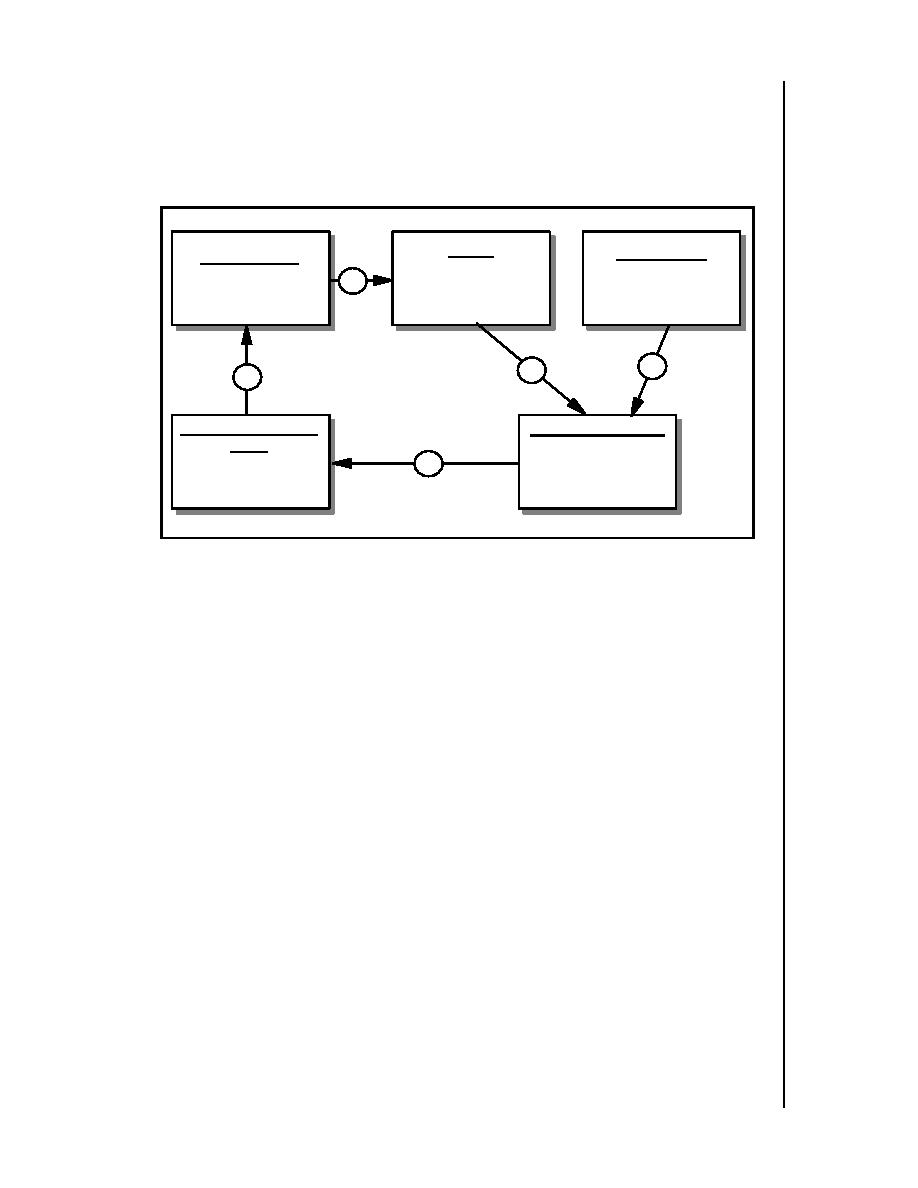 |
|||
|
|
|||
|
Page Title:
Figure 4 Performance Measurement Feedback Loop |
|
||
| ||||||||||
|
|  Lessons Learned Handbook:
DOE-HDBK-7502-95
Figure 4
Performance Measurement Feedback Loop
Sensor
Goal/Standard
Control Activity
(measure actual perform-
(desired performance
(what we intend
1
ance in terms of the unit
in terms of the unit
to regulate)
of measure)
of measure)
3
2
5
Responsible Decision
Responsible Worker(s)
Maker
(compare actual perform-
ance with goal/standard;
(make changes needed to
4
if needs, reports to
bring performance into
responsible decision-maker)
line with goal/standard)
Measuring Outputs vs. Outcomes
Performance goals generally relate to either "outputs" or "outcomes." For example, a
calculation of the number of personnel that completed a training program would be
an output measure. Increased effectiveness or productivity resulting from the training
program would be an outcome measure. Outcome measures are considered to be
the most important for policy purposes, but output measures are frequently
considered a useful management tool. A common problem in program performance
measurement is an over-reliance on output measures. Outcome measures are often
difficult to develop because outcomes are difficult to measure. However, it is
important that both outputs and outcomes be considered when developing
performance measures for your lessons learned program.
Process Overview
Figure 5 shows a high-level block diagram of the performance measurement process
which is separated into eleven discrete steps. This diagram is intended to show the
process generically. It is suggested that sites adapt the diagram, as necessary, to fit
their own programs.
Page 52
|
|
Privacy Statement - Press Release - Copyright Information. - Contact Us |